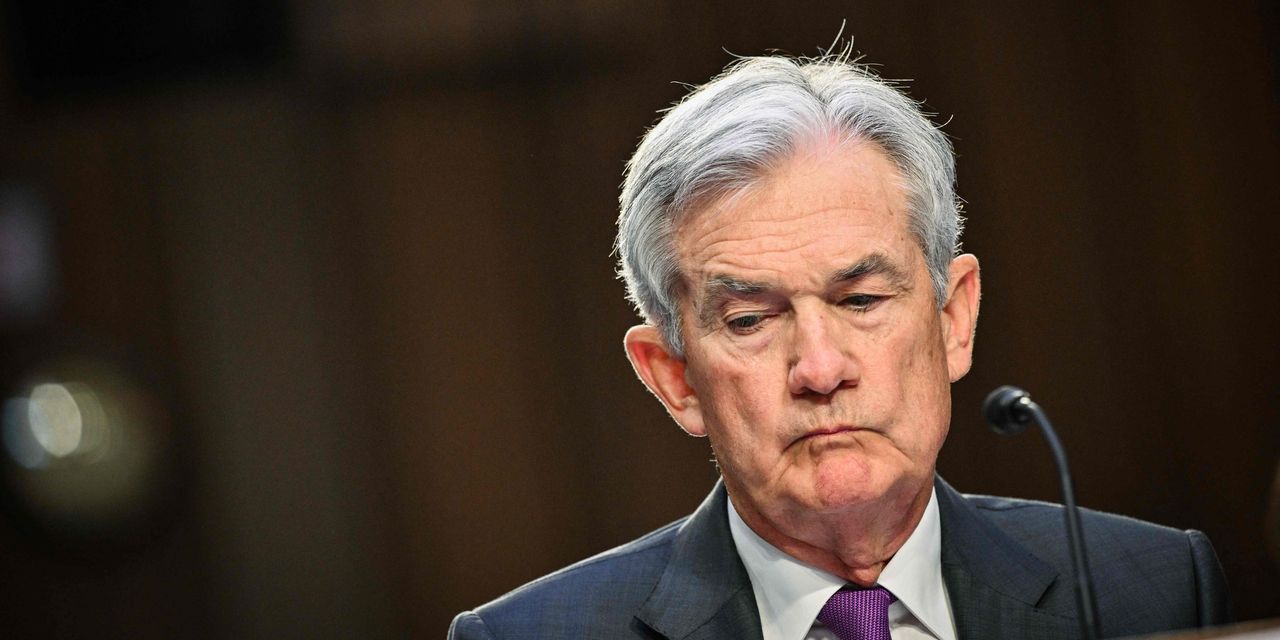“ The world’s most powerful central bank has slipped in its analysis, forecasts, policymaking and communication. ”
Reacting to Silicon Valley Bank’s sudden collapse, André Esteves, a senior Brazilian banking executive, was quoted as saying that “SVB’s interest rate risk would’ve been obvious to any banking intern in Latin America.”
To some, this remark will sound rather rich coming from a region that has had no shortage of banking-sector problems. Nonetheless, Esteves’s sentiment is revealing, because it reflects mounting concerns around the world about the U.S. Federal Reserve’s policymaking and its adverse spillover effects on other countries.
There are good reasons to be concerned. Just in the past three years, the Fed has mishandled its interest-rate hiking cycle, faced insider-trading allegations, stumbled in its supervision of banks, and, through inconsistent communication, fueled rather than calmed market volatility on several occasions.
These failings are becoming increasingly consequential for the public. U.S. inflation has remained too high for too long, robbing people of purchasing power and hitting the poor particularly hard. Last month’s bank collapses were deemed serious enough for the authorities to “break the glass” by triggering the “systemic risk exception”; but this response could now impose a larger burden on all depositors.
These developments, including the threat of less credit availability, have increased the risk of the U.S. falling into recession, fueling income insecurity in what would otherwise be considered a strong economy.
The Fed’s problems should worry everyone. A loss of credibility directly affects its ability to maintain financial stability and guide markets in a manner consistent with its dual mandate of maintaining price stability and supporting maximum employment. I personally cannot recall a time when so many former Fed officials have been so critical of the institution’s economic projections, which in turn inform the design and implementation of its monetary policy.
“International complaints about the Fed’s failings (and their adverse global spillovers) have been cropping up everywhere.”
International complaints about the Fed’s failings (and their adverse global spillovers) have been cropping up everywhere. Last October, Edward Luce of the Financial Times captured the mood well in a commentary with the headline, “The world is starting to hate the Fed.”
More recently, during their press conference, the Swiss officials dealing with the forced emergency sale of their country’s second-largest bank pointed to SVB’s failure as contributing to their problems.
Nor can I remember a time when markets have been so dismissive of the Fed’s forward guidance. The divergence between the Fed’s stated 2023 interest-rate trajectory and market expectations has been as wide as a full percentage point recently. That is a remarkably large gap for the central bank at the center of the global financial system. Markets continue to go against everything they have heard and read from the Fed by pricing in a rate cut as early as June.
Inconsistent Fed communication has not helped. Recent research finds that “Market volatility is three times higher during press conferences held by current Chair Jerome Powell than those held by his predecessors, and they tend to reverse the market’s initial reactions to the Committee statements.”
No wonder there have been extreme moves within the part of the yield curve that is heavily influenced by the Fed, and which serves as the basis for a host of domestic and international financial activities. Over the last few weeks, for example, the yield on the two-year U.S. Treasury
TMUBMUSD02Y,
traded in a highly unusually range of 1.5 percentage points, fueling talk — and not just within the specialized financial media — of “bonkers bond trading.”
One mistake after another
These divergences all come on the heels of earlier Fed mistakes. After persisting in its characterization of inflation as “transitory” for most of 2021, the Fed then failed to act promptly once it had belatedly “retired” that misdiagnosis. As a result, it ultimately had to slam on the brakes with an unprecedented series of four consecutive 0.75 basis-point hikes.
At this point, there is no denying that the world’s most powerful central bank has slipped in its analysis, forecasts, policymaking and communication. That is the bad news. The good news is that the Fed can still right the ship by adopting a better strategic approach for its analysis and actions, and by addressing two major structural problems.
The first problem is groupthink: the Fed’s decision-makers seem to lack the viewpoint diversity and comprehensive expertise found in other major central banks. They would do well to follow the Bank of England’s example and add two independent external voting members to the Fed’s policymaking committee.
The second problem concerns basic accountability. While the Fed chair does appear before Congress twice per year, those hearings are not conducive to focusing on what really matters: Fed policy design and implementation. The process needs another layer of due diligence, with specialists in the field also reporting to Congress ahead of regularly scheduled testimony.
There has been much debate about whether the Powell-led Fed will be remembered alongside the (Paul) Volcker Fed for having conquered inflation, or alongside the (Arthur) Burns Fed for having opened the door to stagflation.
My worry is that it may end up being remembered in a category of its own, as the Fed that undermined its own credibility, its political autonomy and America’s crucial anchoring role at the center of the global economy.
Mohamed A. El-Erian, President of Queens’ College at the University of Cambridge, is a professor at the Wharton School of the University of Pennsylvania and the author of The Only Game in Town: Central Banks, Instability, and Avoiding the Next Collapse (Random House, 2016).
This commentary was published with permission of Project Syndicate —
The Fed’s Credibility Problem
More: SVB’s collapse exposes the Fed’s massive failure to see the bank’s warning signs
Also read: The end of the ‘everything bubble’ has finally hit the banking system. Credit Suisse and SVB might be just the first of many shocks.
Read the full article here








